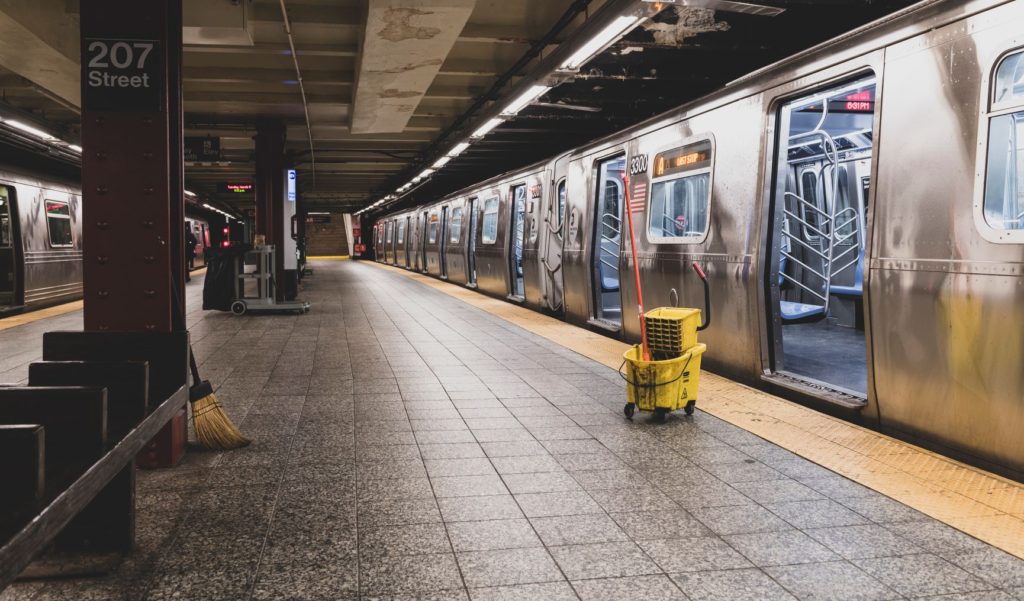This feature is based on an interview with photojournalist Joel Carillet about his travels leading up to the coronavirus pandemic.

The day ended in Tartu, a university town in Estonia. Like most days, it consisted of photographing and spending the day journaling at a busy café. Joel Carillet, a Milligan College Alumnus (’96), is a photojournalist. He travels the world and documents life where it happens, whether it is refugee camps, the 2016 election, the Camino de Santiago pilgrimage trail or political unrest in Hong Kong. He takes portraits of those he meets and sends them back from the U.S. by email. He keeps a long list of names and emails, but the photograph of each person always has a story attached that is much more detailed than a simple email address.
Carillet had plans to stay in Europe until April. Instead, he found the airport and border closures rapidly sweeping westward with the coronavirus outbreak. He relocated to Latvia, where a government mandate would close the borders on March 16, only 72 hours after his arrival. The hostel’s internet was populated with mobile devices as travelers attempted to find last minute flights and sort through contradictory information from their respective countries. The time to work out logistics was short, which presented the best option as a one-way flight to John F. Kennedy International Airport in New York City on March 15.
Joel and three other travelers in the hostel took a train ride to a nearby beach, where they picked up another. They talked about their homes and what they would find. One would be greeted by military personnel and would be quarantined for fourteen days. Joel feared that he would be received in a long, compacted line of wayward Americans waiting for their examinations. Those on the train were all from different places: Ophélie from Switzerland, Aina from Norway, Alex from Japan, Isaac from Mexico. “We all had the sense that we were on the eve of entering an unknown world,” said Carillet. “We were strangers walking together, side by side at the edge of the Baltic Sea, about to be scattered into the wind and into our own national dramas. This knowledge bonded us.”

After his arrival and a short wait at JFK, he was asked a few questions, cleared and allowed to leave. As he walked 60 miles of the harrowingly vacant streets in New York City over the next five days, Carillet remarked about the sense of foreboding in the city, a place familiar with near-constant traffic every day. “You could feel its shadow, hear the silence in parts of the city unaccustomed to silence…”
The subways of New York City, known for their iconic eclecticism and packed cars, were nearly vacant. The eerie consciousness of loss and emptiness occupies his photographs. Carillet commented, “Riding the subway, often with only one or two people in a car, was where things felt most real, life most fragile. Death comes for us all, we know, but in the subway, with its dark tunnels and crypt-like stations, and mask-wearing riders afraid of one another, and even of their seats and handrails, you knew it afresh.”
Headline photo: At the end of the A train line at Inwood – 207th Street Station in Manhattan, a mop and bucket stand outside the open door of a subway car ready to be cleaned.
All photos in this article belong to Joel Carillet.

